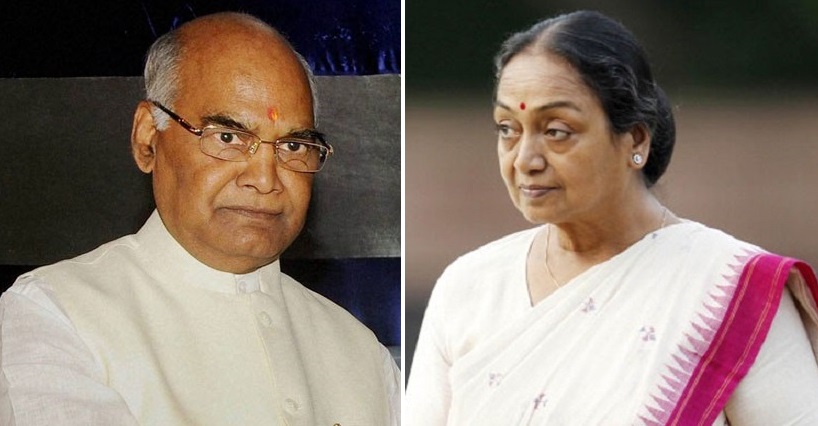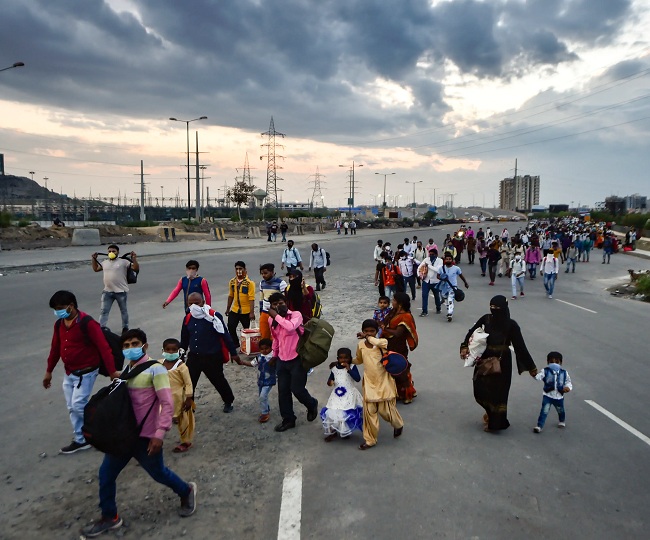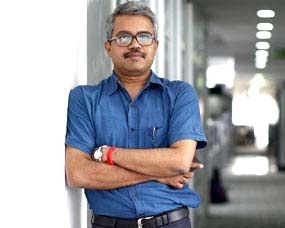Kadhiravan
The year was 2009, I was in my final year – under graduation and there happened a week-long orientation towards facing campus placements. In one of the group sessions, a debate on the policy of Reservation was arranged. The session evidenced angst, typical of upper caste students against ‘Reservation’. Being naïve, and a novice, yet with a conviction and burden to defend the policy, I still ended up being silenced by a powerful rhetoric that day.
“Ambedkar fixed a timeline of 10 years to end Reservation“
“Ambedkar wanted to end Reservation, as and when a Dalit could become President of India“

It is amusing as to how Dr Ambedkar could be misquoted and falsely attributed with such an authority by men and women who despise him and his ideals. The person who falsely attributed the second quote to Dr Ambedkar was referring to K R Narayanan and how this feat should seal any further claims for Reservation. The premise was that the feat of becoming a President of India is somehow untenable for Dalits and an impression that Dalits are worshippers of Dr Ambedkar and how the mere appellation would help one win an argument over Dalits, even if it’s a false attribution. This scheme had its larger canvas during the debate on Shankar Pillai’s caricature of Dr Ambedkar published by NCERT1, a debate which involved repeated quotation of Dr Ambedkar on hero-worship and how the same was thrust on Dalits who were pointing to the obvious contempt in Shankar Pillai’s Cartoon.
But, with the erection of this idea of a Dalit President, it is interesting as to how this idea posits a counter-question to the questions on reservation, representation, and democracy at large. As Gaurav Somwanshi elucidates here2, “Dalit is not the caste system, it is a collection of literally more than a thousand diverse jaatis spread across the geography of this subcontinent.. But the identity assertion has been twisted and gobbled up enough by the oppressor that now it is reified.” This sort of reification at many times translates into popular culture as “How many Dalits are there in your Newsroom?”, “Is there a Single Dalit on your Corporate Board?” “Has there been a single Dalit in your politburo?” etc. as questions on representation. As Dr Ambedkar succinctly remarks, “Caste in the single number is an unreality. Castes exist only in the plural number. There is no such thing as a caste: There are always castes.“3 The fixation on the category of Dalits in such a schema, important as it may appear, negates an important aspect of enumeration of castes in institutions of prominence. It negates the predominance of the brahmanical classes and their stronghold in such institutions. The installation of a single Dalit as a counter-question in such a schema does not alter the predominance of the brahmanical classes or their strong-hold. It does not ensure democracy.
Democracy as explicated by Dr Ambedkar, involves questions for the “servile classes to find out who are likely to be the instruments of the State, in other words who is going to be the governing class.”4 The reification of Dalit identity and academia’s fixation on the same has made invisible the caste identities of the brahmanical / governing class and their relation to oppression apart from making invisible other oppressed caste identities. Questions such as “How many Brahmins, Khatris, Nairs make up your politburo?,” “How many brahmins gobble up your Cabinet?” etc. are how often not asked.
If a Dalit (singular) President is to be presented as a counter-question to the fight for democracy by Dalits, who are at the bottom of the caste-hierarchy, it is only to become all the more easier to invalidate claims and struggle of other oppressed communities.
It is also interesting to comprehend that if a Dalit is to become a President of this country, it would not be an understatement that it is the system of reservation and the history of anti-caste struggle led by oppressed masses which has facilitated such a possibility. The tragedy is that such a possibility could be subverted to serve as a counter-question to the anti-caste struggle. This construct also attempts to debase the history of anti-caste struggle, for Dr Ambedkar espoused that “The unit of Hindu society is not the individual Brahmin or the individual Kshatriya or the individual Vaishya or the individual Shudra or the individual Panchama. In the Hindu social order, there is no room for individual merit and no consideration of individual justice.“5The scheme of Brahmanism to install a Dalit identity as reparation to claims for justice and equality debases the struggles of mass mobilisations. The anti-caste struggle recognizes class/caste as the unit of the society and attempts to install the leadership of the servile class for it trusts only the servile class to protect the interest of that class. The installation of an individual or an identity as a representative may only attempt to debase the class politics that make up the anti-caste struggle.
“It is necessary for the servile classes to go further and find out who are likely to be the instruments of the State, in other words who is going to be the governing class… In selecting the instrumentalities of the State considerations of class bias in the instrumentalities cannot be overlooked. It is, in fact, fundamental to good government. It is unfortunate that the importance of this fact is not generally recognized even by those who regard themselves as the champions of democracy. Karl Marx was the first to recognize it and take account in the administration of the Paris Commune. It is necessary to say that it is today the basis of Government in Soviet Russia. The demand for reservations put forth by servile classes in India is essentially based upon the same considerations pointed out by Dicey, advocated by Marx and adopted by Russia. Only those who belong to the servile classes can be trusted to protect the interest of that class.“6 ~ Dr. Ambedkar.
~
Notes and References:
1. Refer Savari: Whipping up ‘critical pedagogy’: Uncritical defense of NCERT’s violence, for a detailed note on the discourse surrounding NCERT’s publication of Shankar Pillai’s cartoon. http://www.dalitweb.org/?p=612
2. Gaurav Somwanshi, Dalit: Identity or Commodity for Savarnas? (https://roundtableindia.co.in/index.php?option=com_content&view=article&id=8748:dalit-identity-or-commodity-for-savarnas&catid=119&Itemid=132)
3. BAWS, Vol. I : Castes in India : Their Mechanism, Genesis and Development.
4. BAWS. Vol.IX : Chapter IX : A Plea to the Foreigners, What has Congress and Gandhi have done to the Untouchables.
5. BAWS, Vol III, India and the Prerequisites of Communism.
6. Same as [4]
~~~
Kadhiravan works in a public sector bank.
Picture courtesy: the internet.









